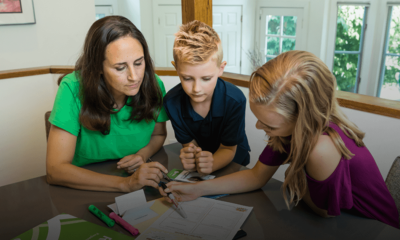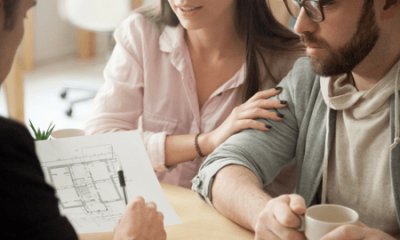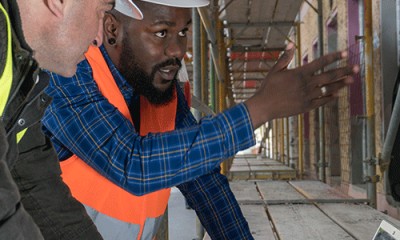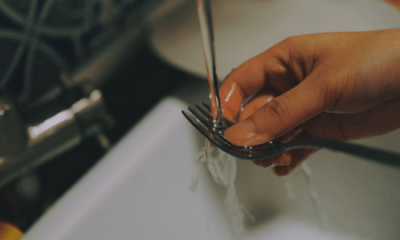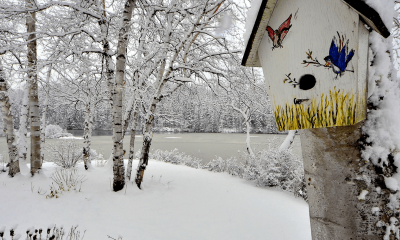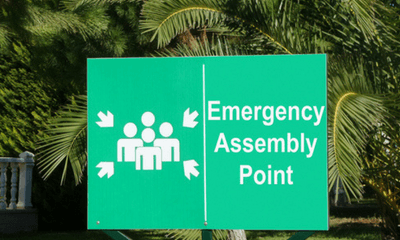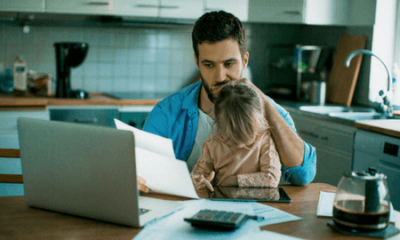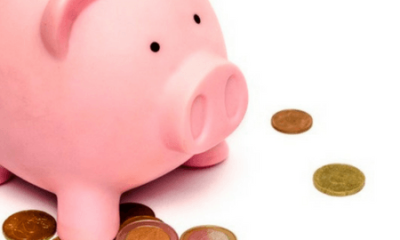The Importance of Social Media Before, During and After a Disaster

When Hurricane Katrina struck the Gulf Coast in 2005, Facebook had only been in use for a year. Standard forms of communication were: television, newspapers, radio, landline telephones and cell phones. 'Social media' was not overly prominent, and it certainly did not hold the major influence on disaster preparedness, recovery and relief as it does today.
Within the last decade, a shift has occurred in the way people receive their news. Instead of waiting for the nightly news or the morning paper, many obtain their news and weather updates in real-time through social media networks such as Facebook, Twitter, Google+, Instagram and various other platforms. Gone are the days of first hearing about a current event halfway across the world by reading the newspaper the next morning. We now have the ability to learn about events as they unfold — and we are just beginning to learn how valuable the speed of information really is.
When other forms of communication are cut off due to a disaster, social media still exists and is readily accessible. If all else fails — power, landlines, electricity, computers, etc. — people still have their cell phones with access to the internet and their downloaded applications. As a result, social media has become increasingly important in the world of disaster preparedness, recovery and relief.
Before a disaster strikes
There are obvious ways to prepare for an impending disaster (like securing your property and stocking up on non-perishable food and water) and then there are the less obvious ways to prepare via social media.
Many social media outlets such as Facebook allow you to create a custom 'group.' Invite family members and close friends to use this group in times of emergency. Set this as a designated online place where you inform one another of evacuation routes and current locations should a disaster strike.
Cities and local officials use social media to create public Emergency Preparedness pages where community members can follow the page to see the latest community news and updates. Residents should follow their local law enforcement agencies, fire departments and news outlets on their social media networks to stay informed.
There are various cell phone applications (apps) that can be useful in the event of a disaster. Download news and weather apps in advance onto your cell phone to stay informed of incoming weather, evacuation routes, shelter locations and other resources such as emergency training (CPR) to have available at your fingertips in time of need. The American Red Cross and FEMA both have free apps along with many others.
During a disaster
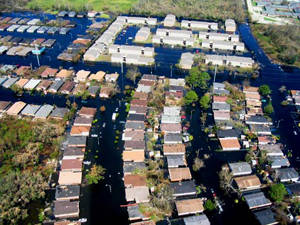 When disaster strikes, chaos follows. Having a plan in place beforehand can bring peace of mind to an otherwise frenzied situation. Social media provides real-time information to law enforcement, officials and the general public, as well as directly to your friends and family. People upload photos and videos of a disaster happening right before their eyes. Oftentimes, the information found on social media is seen by the public faster than the news stations and newspapers are able to broadcast it.
When disaster strikes, chaos follows. Having a plan in place beforehand can bring peace of mind to an otherwise frenzied situation. Social media provides real-time information to law enforcement, officials and the general public, as well as directly to your friends and family. People upload photos and videos of a disaster happening right before their eyes. Oftentimes, the information found on social media is seen by the public faster than the news stations and newspapers are able to broadcast it.
Officials use social media during a disaster to alert the public where help is located and when they plan on reaching impacted areas. Any photos or videos uploaded to social media networks aid in documenting the damage of the affected areas and identifying survivors. These images notify emergency personnel of the severity of the situation before entering.
Social media during a disaster provides up-to-the-minute news information — road closure updates, evacuation routes, designated help areas, shelter locations, and more (hence why connecting with the right groups and people beforehand is a major advantage). You can also use your social media accounts to share information about your own well-being with family and friends. Use your status on various social media networks to specify your location and to notify family members and friends that you are okay.
Following a disaster
After disaster strikes, social media is used to help others find their loved ones, pets and even track down their personal belongings. It alerts the public about donation efforts and relief funds too — as many will be in need of basic items such as clothing, non-perishable goods, and a safe place to stay.
Businesses can use their company’s social media pages to inform their clients, customers, and suppliers of their standing. They can also use their web presence to update the public as to their plans and timeline to rebuild, relocate, and reopen.
Risks
Although there are many benefits to using social media during a disaster (benefits that were not even available to us back in 2005 when Hurricane Katrina hit) there are also risks. Instead of receiving ‘verified’ information from official sources' now anyone can report on anything at any time. This means that not all information is confirmed before it is released to the public which results in the sharing of misinformation. Be aware of the sources you are receiving your information from. Scammers use social media for their own benefit during and after disasters, and have used social media to create fictitious relief funds in attempt to steal cash/credit card numbers. Before you give to any cause, research and verify that it is a legitimate company.
The presence of social media has had a profound impact on the way the public prepares for, plans for and recovers from disasters. Embracing this technology will help aid those in need, in real-time, in ways never thought possible, even ten years ago.
For additional information, visit:

